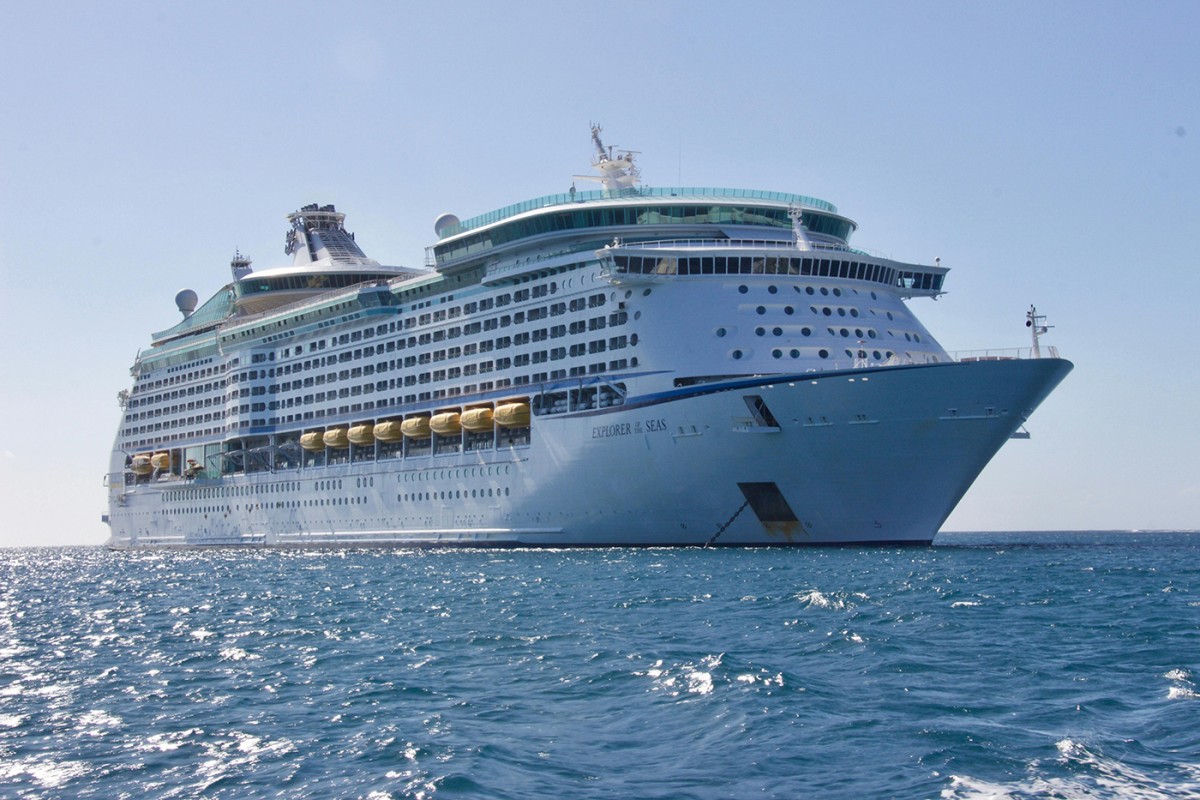Keeping International Travellers Healthy

Whether you are a tour operator, customer facing staff on a ferry or cruise ship, a medical professional or a traveller the last thing anyone wants is an outbreak of an avoidable illness in a confined environment on the trip of a lifetime.
The personal discomfort, health risks and financial cost of dealing with such an outbreak can be significant and to businesses the legal aftermath and negative PR can cause untold damage to brand reputation.
That’s why it is important to continually work at breaking the chain of infection for travellers and proactively work to identify and remove exposure pathways that bacteria use to spread and reduce the chance of cross contamination when we travel.
There are many myths involved in hygiene but by far the most powerful tool we have is to wash our hands, which if done correctly will give us the greatest protection we need.
Unfortunately it’s very evident that many people still don’t realise this and still believe microbes enter their body by some form of osmosis rather than poor hand hygiene.
Why is hand washing so important?
Every winter people complain that they caught a bug “because it was going around” but you only have to see people on the Tube scratching their nose and touching their mouth and eyes to see how easily bacteria spread.
Many surveys show that we touch our faces on average between 2 and 5 times a minute, that’s between 2000 and 3000 times a day!
How many of you are reading this with your chin resting on your hand? Wasn’t that an itch you just scratched on the side of your nose? Suddenly 2-3000 contacts a day doesn’t seem so strange.
I recently was made aware of a study a famous fast food chain carried out and found that more people cleaned their hands after eating in their restaurants than before they ate!
Now consider all those lift buttons, door handles, hand rails and furniture that we touch throughout the day, each point of contact transferring bacteria from the surface to our hands and on to our faces.
How does bacteria get onto these exposure pathways?
Exactly the same way; when we are contaminated we touch our faces, wipe our noses, cough, sneeze, go to the toilet and leave without washing our hands and then touch these surfaces contaminating them with our bacteria.
The same scenario exists across the transport, hospitality and catering sectors with customers, staff, travellers or passengers. They all act as unwitting cross contaminators for bacteria to get onto the surfaces we touch that then become exposure pathways in their own right.
Fortunately we can identify these exposure pathways and work to reduce the risk they represent. Simply washing our hands properly can work wonders, unfortunately not everybody does so or even know how to properly.
We can also protect ourselves by ensuring that food is prepared in a hygienic manner and we avoid high-risk areas such as buffets that may have washed salads, ice cubes and time spoilt or poorly cooked food.
Whilst personal hygiene is a key component to breaking the chain of infection, the main tool we have at our disposal is to clean and use a disinfectant.
Disinfectants vs Biomaster protection
However what isn’t widely known is that disinfectants will only temporarily remove bacteria from a surface but because the action is so powerful it runs out very quickly and surfaces can begin to be contaminated again in as quickly as 1 hour.
Once the disinfectant has worn off, surfaces are open again to recontamination and colonisation by bacteria and again become exposure pathways, so to provide the ideal level of hygienic protection why not specify materials or finishes that won’t allow bacterial to grow?
This is where technology such as Biomaster offers many benefits to travellers and the hospitality sector.
Biomaster technology can be easily embedded into a product during the production or processing stage, meaning that a on a Biomaster Protected product bacteria can’t grow back so you have permanently protected surface, for the lifetime of the product.
How does Biomaster work?
Biomaster works in a unique way and doesn’t perform like a disinfectant, it simply prevents bacteria from growing in three steps:
- Biomaster binds to the cell wall which disrupts it from growing
- It blocks the bacteria cell from producing food meaning it cannot generate energy
- Biomaster then interrupts the re-formation of the cell’s DNA preventing replication and causes it to die
Click here to find out more about how Biomaster works
This form of bacterial reduction means that Biomaster is extremely safe to use in contact with the body and can be used in everything from spinal implants to mouthguards to nappy bags.
The triple action effect also means that bacteria cannot adapt or evolve in time to become resistant as is the case with some antimicrobials and has been seen with a wide range of antibiotics.
A rapidly growing partnership network of customers means that Biomaster technology can be found in healthcare products, household goods, building materials, packaging and water treatment applications to provide a readymade raft of products able to be deployed in the fight against pathogenic bacteria.
If the range of products does not suit a particular need then Biomaster is easy to specify into your own supply chain with minimal disruption.
Topical treatments
A recent development in Biomaster technology allows Biomaster to be applied topically to a textile rather than having to be built in during processing, it is more effective than first thought as the active bacteria busting sites are not trapped within the polymer matrix and Biomaster is more readily available to prevent bacterial growth.
Topical applications to textiles present an ideal, complementary second line of defence as part of a regular maintenance or cleaning regime.
Extensive testing has shown Biomaster to be extremely anti-viral and therefore effective against Norovirus.
When Biomaster is present, bacteria can’t survive and therefore cannot break down the sweat meaning textiles stay fresh and need to be washed less.
Easy to specify
The main comment potential specifiers make is that it sounds too good to be true, or too expensive to be practical but the reality is that Biomaster is a very low cost addition to the overall product cost structure.
Many customers add Biomaster as standard without additional cost. Where production processes do incur an increase in material cost it is far less than expected; door handles would cost less than a penny to treat, 1m² of laminate table surface would be as little as 2p or a castor on a trolley only a fraction of a penny.
By using Biomaster you provide NOT only a cost-effective, safe, permanently antimicrobial surface that reduces exposure pathways and inhibits the growth and possible spread of harmful bacteria but you also help to reduce the risks involved with cross contamination while travelling and improve your brand reputation.
Find out more about Biomaster HERE.
← Back to blog


